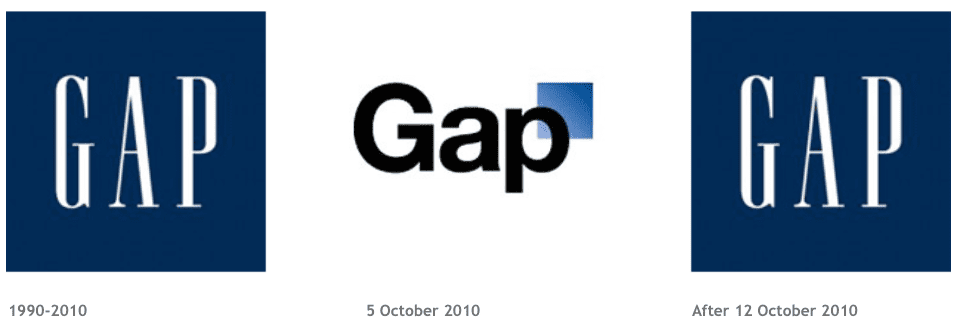There is a difference between agencies and designers that deliver affordable effective branding and those that deliver cheap good looking design. They can be one in the same, but the two aren’t the same. The design that just looks good, that has no substance, is the lesser product. Ok, after all this time and all we’ve written, this next statement might shock everyone: design without substance won’t ‘harm’ your business’ (not in the short term anyway).
It’s unfortunately true. Design without substance – that just ‘looks’ nice (actually, even design that doesn’t ‘look’ good) in the main will still go towards helping your company to exist. It should even promote your company – people will see the name somewhere. Your business may even thrive (though not because of the design, but in spite of it).
design without substance won’t ‘harm’ your business’ (not in the short term anyway)
Before we lose everyone’s interest and/or respect, let’s clarify a couple of things.
Firstly, what exactly do we mean by ‘design without substance’? Well, how many times have you seen a logo and in the first instance thought ‘that looks nice’. Nice really not being a great word. Then looked again and thought it was familia, realising it had been copied from somewhere else.
Or maybe you’ve seen some packaging, which looks bright and inviting and then thought ‘what is it?’ or ‘that really doesn’t match what it’s selling/holding’. All just, window dressing. Slick, but with no real idea behind it.
Substance is the ‘element’ within a design that helps to create an effective branding solution, which in turn connects to an audience. It drives someone to make a purchase, to use that service.
Substance is more than just looks, it tells a story. An identity with substance (take a read of this to see what we mean by identity) should be recognisable even with the ‘logo’ covered, it should tell more than just facts and go deeper than just ‘pictures’. Great identities give an impression of what an organisation stands for, what its values are and the way it conducts itself. They stick in the memory (for all the right reasons).
Great identities give an impression of what an organisation stands for, what its values are and the way it conducts itself
Packaging is much the same (but with a much shorter time to make an impression). It should draw you in, make you look twice. It should be relevant, create a point of difference. It should build a personality which attracts the ‘right’ customer – your target audience.
But both packaging and identity also need to be true to the product or service to deliver effective branding. This isn’t about just standing out from the crowd. If the service or product doesn’t live up to the promise the design has created, the design hasn’t done its job. There will be no return business (or maybe no business at all) and probably negative feedback (which can destroy a fledgling brand before its really started).
So that’s ‘substance’, what about the word ‘harm’?
We’re assuming this is for a new company or for one that has never ‘commissioned’ design before. Because bad design after good will cause problems – think Gap. In the case of Gap the new logo has no substance (for sure), but ‘looks’ ok. Really though, what does it do? It has no personality. It could be the logo for an airline or a drug company.

So for this we’re talking about a new organisation. In this case we mean design isn’t the only factor that effects a customers buying decision (ie brand isn’t important). So not having something that you haven’t had before, won’t cause damage. You won’t have disgruntled customers asking for their money back because your letterhead doesn’t match their expectations or your product’s potential.
If you’re good at what you do people will find out about you, through word of mouth etc. People still buy from companies with bad identities. Consumers still part with their hard earned cash for products with basic, unmemorable packaging.
However and this is a big ‘however’. Design without substance may not cause ‘harm’, but it also won’t bring in new business. It won’t help you out perform your competition, it won’t attract fresh customers, it won’t put you on the tip of anyones tongue (in any good way at least).
So design without substance is a missed opportunity. The harm part is what could have been rather than what is. It’s about the people who would have fallen in love with your brand, the people that would have become repeat customers that didn’t even walk through your door.
So to really make a splash, to really create a positive perception in your chosen audience you need to back it up with some breakthrough design, effective branding and marketing. It won’t do your business harm, but just like food, people buy with their eyes first.
How can we help with effective branding?
Puur is a company that can help with all of your identity needs, from visual and verbal identity to branded environments. We specialise in unique and ownable identity development borne from customer awareness. Ensuring that your audience associates your product or service as a solution to their needs. Give us a call today to chat over your challenge and how we can help.









